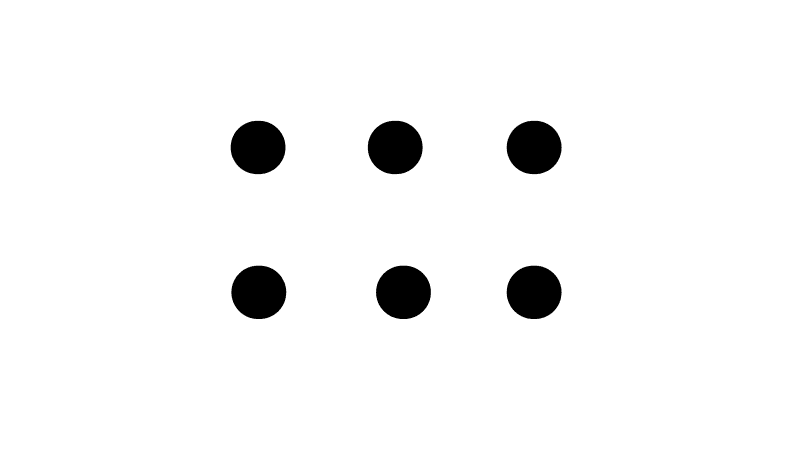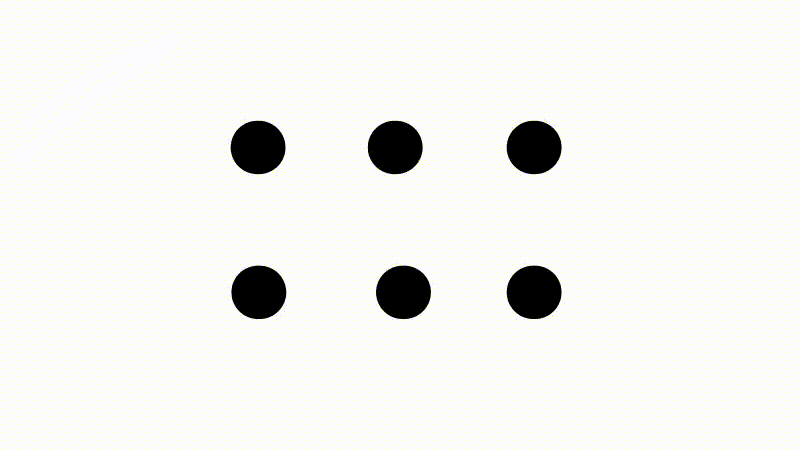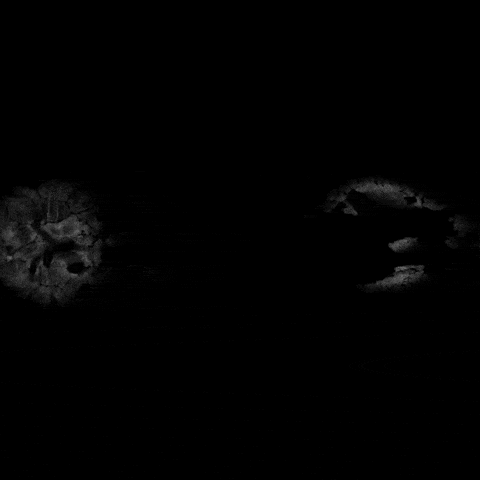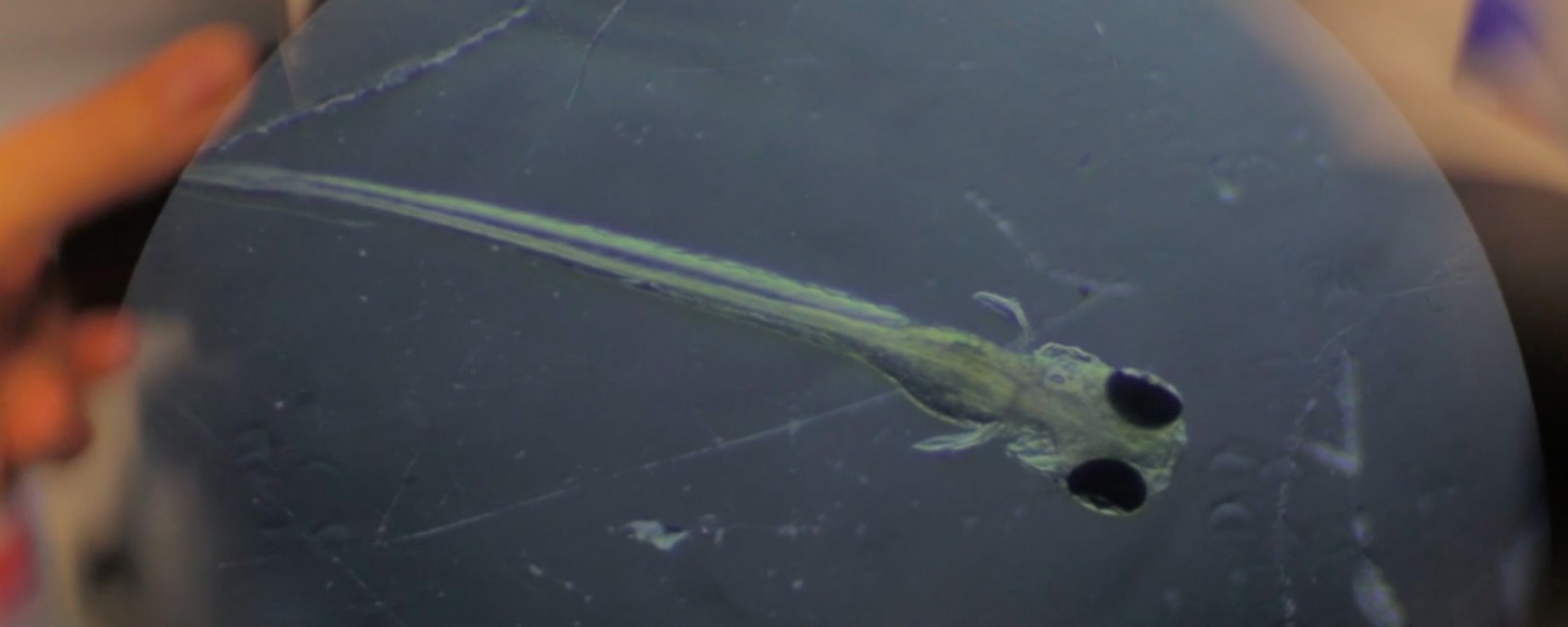





Our lab combines genetics, biophysics, physiology & behavior to understand how sensory inputs are integrated in the spinal cord during development and active locomotion. The lab discovered that neurons contacting the cerebrospinal fluid (CSF) in the spinal cord are mechanoreceptors detecting curvature of the spinal cord and CSF flow, which modulate the activity of spinal neurons controlling locomotion and posture. We use the transparent zebrafish larva to implement optical methods for manipulating and monitoring neuronal activity in motion. Our work aims to unravel the mechanisms by which interoceptive sensory inputs are integrated throughout life to form the spinal cord, and insure homeostasis in the mature stages. Multiple researchers steer basic science and translational projects in the team:
Dr. Claire Wyart is a INSERM director of research (DR1 equivalent to Associate Professor) and led the team since 2011. Eager to quantify neuronal communication dynamically, Claire pursued undergrad studies in STEM and graduated in 2000 from the École Normale Supérieure d'Ulm, Paris. In 2003, he completed a PhD in a physics laboratory at the University of Strasbourg where she developed fluorescent recordings of neuronal network activity. Moving to UC Berkeley for her postdoc in 2005, she was one of the first to use light to manipulate the activity of neurons in vivo. As a pioneer in the emerging field of optogenetics, she used this approach to discover a novel sensory system within the spinal cord. In 2011, Claire starts her team at the Paris Brain Institute: her interdisciplinary group shows that the sensory system she discovered in the spinal cord detects curvature of the spine to optimize the speed and posture during movements. Together, they uncover that this system also controls morphogenesis of the body axis throughout life, and is activated during infection of the central nervous system to enhance innate immunity. Leveraging the transparency of larval zebrafish, her signature lies in deploying cutting-edge optical technologies to investigate neural activity throughout the body during movement, yielding insights into the structure of sensory and motor circuits in vertebrates. Claire is deeply committed to science outreach and training of young researchers in science: https://zenith-etn.com. Claire Wyart's contributions have earned her international recognition, including the Robertson Prize from the New York Stem Cell Foundation (NYSCF, 2016), membership of the European Molecular Biology Organization (EMBO, 2019) and the Richard Lounsbery Prize awarded by the French and American National Academies of Sciences (2022).
Dr. Antonio C. Costa is an INSERM researcher with a training in statistical physics & a passion for animal behavior ! He's now driving a project with Remi Gautier on analyzing the long timescales of behavior in domesticated and wild zebrafish ;)
Dr. Feng Quan is a project manager who supervises molecular/cellular engineers in the lab : she is an expert in CRISPR-Cas genome editing for knock-in and knock-out, and molecular techniques to investigate interoception in the context of spinal cord injury.
Dr. Kevin Fidelin is a project manager who supervises coding & imaging engineers in the lab: he is an expert in in vivo electrophysiology, functional optogenetics and dynamic population imaging to investigate the structure and functions of motor nuclei in the brainstem.
Prof. Hugues Pascal-Moussellard is a MD/PhD and surgeon in charge of the orthopedic department of the Pitié-Salpêtrière hospital in Paris 13. He conducts with Dr. Laura Marie Hardy, Dr. Thomas Courtin and Prof. Alexis Brice a project aiming to decipher mutations associated with idiopathic scoliosis in humans. In particular, the SCOGEN project relies on Dr. Laura Marie-Hardy, a MD PhD and surgeon head of clinics in the orthopedic department of the Pitié-Salpêtrière hospital. Dr. Marie-Hardy is involved in a scoliosis project to identify genes involved in idiopathic scoliosis in humans in collaboration with Serge Zakine, as well as spinal cord injury.


Arousal locomotion is strongly modulated by our inner physiological states. This spontaneous exploratory locomotion reflects the excitability of motor circuits in the spinal cord as well as descending commands from the brain, in particular from the hindbrain. The underlying mechanisms controlling the occurrence of spontaneous locomotion and its natural variability among animals and across physiological states within one animal are not well understood. On one end, we are interested in probing neuromodulatory pathways in the hindbrain and spinal cord for setting the frequency of occurrence of locomotion in the context of circadian rhythm, inflammation and feeding. On the other, we investigate how neuromodulation can influence morphogenesis.
The classical view of spinal cord physiology relies on the fact that motor functions are carried by ventral spinal cord while dorsal spinal cord integrates sensory inputs from the periphery. Up to recently, there was no evidence that the vertebrate spinal cord hosts sensory cells conserved throughout vertebrates. Our team has shown evidence for a central sensory motor loop localized in the spinal cord and modulating circuits underlying locomotion and posture. We have evidence that the morphology and molecular markers of this central sensory system is conserved in the mammalian spinal cord. This axial sensory system modulates locomotion, posture, innate immunity and morphogenesis.
The contribution of mechanosensory feedback to active locomotion and the nature of underlying spinal circuits remain elusive. We investigate how mechanosensory feedback shapes active locomotion in the zebrafish larva. We find that mechanosensory feedback enhances the recruitment of motor pools during active locomotion. We show that inputs from glutamatergic mechanosensory neurons increase locomotor speed by prolonging fast swimming at the expense of slow swimming during stereotyped acoustic escape responses. The interoceptive sensory integration we have discovered is critical throughout life for growing and maintaining a straight body axis. Altogether, our efforts reveal the basic principles and circuit diagram underlying the modulation of movement, posture and morphogenesis by adjusted mechanosensory feedback in the vertebrate spinal cord.

Clothilde did her first two years of bachelor at University of Lille with a major in Cell biology. After a gap year in Australia, she integrated the “Magistère Européen de Génétique” (University of Paris) for her last year of Bachelor, followed by her Master. There, she had the opportunity to do a 4-months internship in Porto (Portugal) in the team of Nuno dos Santos, where she learned techniques of molecular biology. Her long-term interest has always been the biology of Development, but she recently discovered with pleasure the world of Neurosciences. She followed the Pasteur’s course “Development & Plasticity of the Nervous System”. She integrated the team for a Master internship and then a PhD to study the molecular mechanisms underlying body axis straightening in the embryo.
Antonio's main research focus is the physics of animal behavior. In particular, working with Gautam Sridhar in the lab, Antonio aims to understand how behavior is organized on multiple scales, from fine scale muscle activations driven by neural activity to changes in navigation patterns modulated by the environment or internal states. He combines ideas from statistical mechanics, dynamical systems and information theory to build effective multi-scale descriptions of complex dynamics, inspired by measurement data of behaving animals. More info on his work here: https://antonioccosta.github.io/
BIOGRAPHY: Kevin is a neurobiologist with 12 years of experience leading fundamental research projects in academic laboratories in North America & Europe. Kevin first trained as molecular biologist and geneticist at Université Paris Cité before pursuing a curriculum in neuroscience for his PhD at the Paris Brain Institute and Sorbonne Université. During his PhD in the Wyart lab, Kevin leveraged genetic targeting approaches to label single class of spinal sensory neurons in the zebrafish model system and combined imaging, optogenetics, and electrophysiology approaches to resolve spinal sensory circuit function in vivo. For his postdoctoral work, Kevin broadened his expertise using novel viral tracing approaches to selectively label and image the recruitment of projection-specific neuronal subpopulations in the brainstem in mice in vivo.
PROJECT: Kevin joined the lab as Project Manager in September 2024 with the goal to study the genetic, anatomical, and functional conservation of brainstem circuits at risk in Parkinson’s disease, across species.
Xinyu Jia is a first year grad student who obtained a master in Optics as well as a master in Neuroscience in University of Edinburgh in Scotland. Xinyu was selected among >100 students for the ZENITH European training programme (https://zenith-etn.com).
Xinyu's PhD project focuses on investigating the function of descending command neurons to sustain distinct locomotor episodes using 3D optogenetics in vivo. She will be co-advised by Claire Wyart and Dimitri Tanese from the Emiliani lab in the vision institute.
Trained in Ecology, Dr. Lunsford learned fish biomechanics and ethology.
By pioneering a preparation to record the activity of lateral line in diverse species, Elias described the evolution of this sensory system in cave morphs of Astyanax and uncovered the hair cell transduction mechanism of fresh water fish.
Elias now learns molecular and optical techniques in zebrafish to understand how different water flows along the body lead to diverse motor actions, and how this process evolves during growth in development.
Giulia Messa is an expert of motor circuits in the brainstem ! she trained in the lab of Stella Koutsikou in the UK and joined the team to work with Yasmine Cantaut-Belarif on morphogenesis!
Hugues is M.D. Ph.D., professor at the university Pierre and Marie Curie Paris-6 and head of the orthopedics department of the Pitié-Salpêtrière hospital. He did his initial studies in Marseille and was trained by Catonnet in Martinique at the beginning of his career.
Hugues wants to understand how physiological parameters covary and how we could best treat patients after injury. He has a master mind project aiming to record from all physiological parameters soon after spinal cord injury.
Ninon Peysson is a research engineer in the lab. After graduating from l’Ecole des Mines de Saint Etienne, Ninon enrolled an additional Master 2 at the school Ecole Supérieure de Physique et Chimie Industrielle (ESPCI/UPC) focusing on Neurosciences and Engineering. Since the beginning of her studies, Ninon has been interested in academic neuroscience, which led her to work on different topics during her master. After investigating cognition & language, resting state fMRI neural networks, or frontotemporal dementia, she got convinced to opt for motor control as her main topic of interest after finishing her Master project at the Paris Seine Biology Institute (IBPS) supervised by Dr. Elim Hong. Nowadays she is studying the connectivity of neural networks in the brainstem, focusing on all optical experiments based on two photon digital holography with temporal focusing to activate single or groups of reticulospinal neurons.
BIOGRAPHY. Feng is an engineer who started a PhD in january 2017 in collaboration with the National Museum of Natural History with Prof. Hervé Tostivint.
PROJECTS. Feng investigates the functional roles of proteins and peptides secreted in cerebrospinal fluid-contaction neurons(CSF-cNs) in zebrafish and in mammals.
Annaëlle Redon joined a Master’s program in Genetics at University Paris Cité (France) motivated by her interest in neuroscience and her desire to explore it at the molecular level through genetics. After completing her Master’s degree in 2024, she began her PhD at the Paris Brain Institute, working on a collaborative project supervised by Claire Wyart and Jacobo Sitt. Her project aims to investigate the effects of dominant mutations in the PPP2R5D gene that are associated with early-onset parkinsonism in humans. She will use the zebrafish model to elucidate the role of the PPP2R5D gene and its implications in motor function. PPP2R5D, a regulatory subunit of the serine-threonine phosphatase PP2A, has been associated with early-onset parkinsonism in genetic studies, showing specific motor phenotypes for distinct point mutations. Although the E200K mutation in this gene is rare, these patients exhibit motor deficits and respond well to treatment with dopaminergic receptor agonists. Dopaminergic neurons are one of the critical population of cells to degenerate in Parkinson’s disease. Annaelle will investigate whether recessive and dominante negative mutations in PPP2R5D trigger motor deficits by disrupting the functions of dopaminergic neurons. She will take advantage of the zebrafish genetic model organism with its short developmental cycle, high fecundity, transparency, genetic accessibility and established behavioral assays. Annaëlle will investigate the expression of PPP2R5D in motor circuits of the brain and spinal cord. Her PhD project benefits from the expertise of the Wyart’s team in zebrafish behavioral genetics and from the Sitt’s team, which specializes in algorithms and data analysis to compare wild-type and parkinsonism disease models.
Claire Wyart joined for her PhD the biophysics lab of Didier Chatenay in 2000 in the Institute of Physics in the University of Strasbourg. During her PhD, Claire developed novel methods for controlling the architecture of neuronal networks in vitro and demonstrated mechanisms underlying the emergence of spontaneous activity. After one year of teaching in Tibetan schools, she joined UC Berkeley for her postdoctoral fellowship in the labs of Prof. Noam Sobel and Ehud Isacoff between 2005 and 2010. There she developed optogenetic methods in vivo by taking advantage of the transparency of the zebrafish larva. In this small vertebrate model, Claire used optogenetics to study sensory-motor integration, analyzing the processing of visual, mechanosensory and chemosensory pathways modulating locomotion. Since 2011, her team has discovered a polymodal sensory system at the interface with the cerebrospinal fluid that detects spinal curvature as well as the chemical content of the fluid. Her team now investigates motor circuits in the brainstem that initiate and steer movement. Claire became an EMBO-Young Investigator (EMBO-YIP) and EMBO member in 2019. She received the Irene Joliot-Curie prize in 2013 & Richard Lounsbery prize between France and USA in 2022.
The Wyart team received the support of the ATIP / Avenir from Inserm and CNRS with the Fondation Bettencourt-Schueller, a chair of excellence from the Ecole des Neurosciences de Paris (ENP) and the emergence programme of the City of Paris. Subsequently, her team received support from the European Research Council (ERC) Starting Grant in 2012 and Consolidator Grant in 2020, the Human Frontier Science Program (HFSP) research grant in 2013 and 2017, and a National Institute of Health (NIH) research grant from 2014 and 2018. She became an EMBO-Young Investigator (EMBO-YIP) in 2016, an EMBO member in 2019. She received the New York Stem Cell Foundation (NYSCF) Robertson Innovation in Neuroscience award in 2016. She received the award from the Foundation for Scientific Education and Research (FSER) in 2017 and the Richard Lounsbery prize between France and USA in 2022.
PROJECTS. Claire is interested by deciphering thel neuronal circuits that integrate information from the brain, from the periphery and from internal cues in order to modulate locomotion and posture as a function of our inner physiological states. Her strategy is to take advantage of the transparency of zebrafish larva to develop methods for monitoring and manipulating neuronal activity during behavior. The lab now combines functional studies with molecular profiling to identify cell identity underlying functional diversity of neurons in sensory-motor integration. A major emphasis of the lab focuses on the investigation of GABAergic sensory neurons interfacing the cerebrospinal circuits with motor circuits in the vertebrate spinal cord. Another focus of the lab lies in understanding the functional connectivity between neurons across the hindbrain and spinal cord using functional population calcium imaging. The third interest of the lab lies in the role of mechanosensory feedback from the periphery in shaping the dynamics of active locomotion. Our main collaborators include Mario Chavez in ICM, Filippo Del Bene in Curie Institute, Herve Tostivint in the Museum National d’Histoire Naturelle (MNHN).

First Conference on Brain Body Interactions in the Paris Brain Institute: focus on cognition !
Congratulations to Martin for his article in Nature Neuroscience !!
Check our review on the versatility of functions carried by CSF-contacting neurons!
Claire teaches in the Development Neuronal Circuits Course in Okinawa!
Cilia, Gautam, Maha, Elias, Faustine & Claire in EPFL Motor School 2023!
Joana and Claire organize together with Gautam & Cilia the last ZENITH symposium !
Congratulations to Mathilde Lapoix for getting her diploma of PhD in the University of Paris Cité!
Congrats to Faustine who got selected for the Qbio Neurophysics of Locomotion course in KITP!!
G. Reddy: A novel method to unbiasedly identify sequences of actions in complex motor patterns !
Congrats to Adeline & Maha showing that vestibular stimuli elicit massive glial calcium wave !
Congrats to Yasmine who got the ANR JCJC Young Researcher Grant !!
Congrats to Martin & Ming Yue to reveal the role of CSF contacting neurons in posture !
Olivier Thouvenin shares an automated method for analyzing flow and cilia motility !!
Thank you to the Fondation Bettencourt Schueller (FBS) for supporting our work on motor control !
Yasmine Cantaut-Belarif: Adrenergic activation influences the signal from the Reissner fiber
Congrats to Yasmine Cantaut-Belarif who got the national exams from CNRS and INSERM !
Thank you to Fondation pour la Recherche Médicale (FRM) for supporting our team !
Check out the latest version of ZebraZoom to monitor kinematics and posture in fish!
The Zenith European Training Network has selected students !
Congrats to Adna and Charlotte: A calibrated toolbox for in vivo optogenetics in zebrafish !
Congrats Adeline & Yasmine: the Reissner fiber is required to detect spinal curvature !
Modelling the flow of cerebrospinal fluid in the central canal!
Innate immunity at the CSF interface: how do sensory neurons fight infections in the CNS !
Claire Wyart is elected EMBO Member !
An article on morphogenesis and sensory function : how do microvilli contribute to sensing!
Hindbrain circuits underlying locomotion : focus on the inhibitory Eng1 brainstem neurons!
Check out single channel recordings IN VIVO: PKD2L1 & mechanotransduction !
HFSP research grant for the team: Investigation of signalling in the CSF in fish & mouse !
Postdoc fellowships for Olivier, Martin and Yasmine: Congrats!
Movie on the team : What is happening in the mind of scientists...
Congrats to Adna Dumitrescu for her travel grant : good luck now for your experiments in Chicago!
Congrats to Yasmine Cantaut-Belarif, PL Bardet for the Big Brain Theory grant from ICM !!!
Congrats to Martin Carbo-Tano for the Prestige fellowship!
July 2017: Laura Desban obtains a fourth PhD year from the FRM: congrats !
Our review is out on CSF-contacting neurons in Journal of Neurogenetics !
Mechanosensory feedback enhances speed of locomotion via a novel circuit !
April 2017: Kevin moves to Columbia University
March 2017: Kristen moves to the Bormuth lab in UPMC!
March 2017: Urs starts in Harvard University
Lydia starts in Harvard university
A study on neurosecretory properties and morphology of neurons contacting the CSF!
Claire is awarded the 2017 prize from the Fondation Scientifique pour l Education et la Recherche
Claire is awarded the 2016 New York Stem Cell Foundation Innovator in Neuroscience Robertson Award
Claire is a 2016 awardee of the EMBO-Young Investigator Program
How do neurons contacting the CSF project on fast locomotor circuits in the spinal cord ?
Check out the botulinum toxin light chain to silence vesicular release in vivo !
3D holographic method for optogenetic applications with the Emiliani lab!
First in vivo demonstration of the mechanosensory function of neurons contacting the CSF !
Identification of the V0-v as targets of neurons contacting the CSF in the spinal cord !
Conservation of neurons contacting the cerebrospinal fluid in mouse, macaque and zebrafish !
Congrats to Olivier Mirat: Development of the first version tracking algorithm ZebraZoom !

Wyart Lab
Spinal Sensory Signaling
I.C.M.
47, bld de l'hopital
Paris 75013 - FRANCE